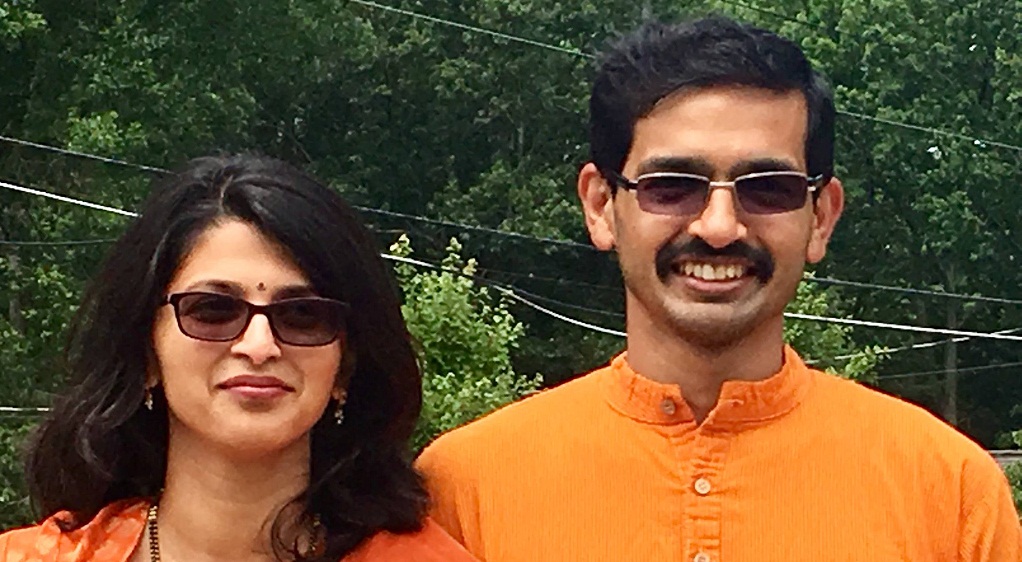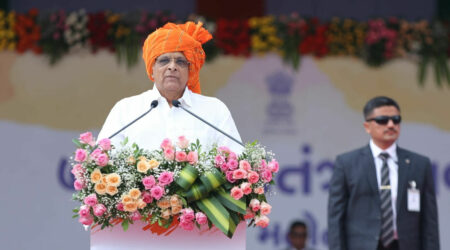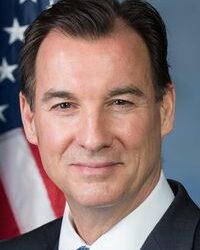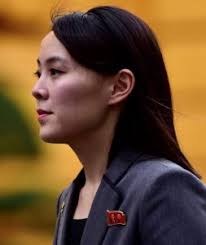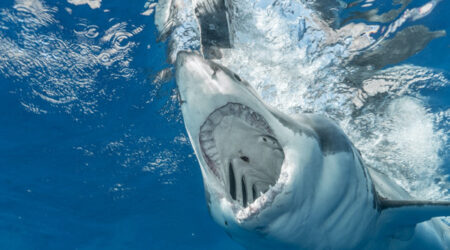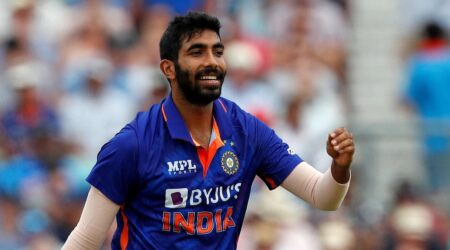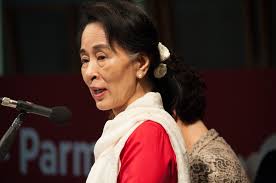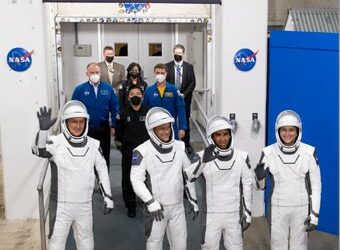By SATimes Team
In his ‘Mann Ki Baat’ recently, Prime Minister Narendra Modi dwelt on Indian sports becoming popular in many western countries. He mentioned America where an ancient Indian form — Mallakhamb — was drawing in a steady stream of players, thanks to the efforts of a couple based in New Jersey. “When Chinmay Patankar and Pradnya Patankar started to teach Mallakhamb from their home (in New Jersey), even they did not have an idea how successful they would be. Today, there are Mallakhamb training centers at many places in the US as the youth there are learning Mallakhamb in large numbers,” the PM said.
Mallakhamb is one of the few games that is played against gravity. It functions on a synergy of mind and body, employing every muscle in a way that enables a person to develop speed, stamina and better health. The name derives from the pole (khamba) used by wrestlers (called malla) in the subcontinent to practise their skills
Patankars, founders of the Mallakhamb Federation of USA, trace the origin of this ancient Indian sport to the 12th century. Mallakhamb was revived late in the 19th century by Balambhatta Dada Deodhar, physical instructor to Bajirao Peshwa II.
Chinmay and his partner Pradnya, originally from Pune, are experts of the form and have several competitions under their belt. Chinmay shot into public imagination in Pune in 1996 when he performed the gravity-defying moves of Mallakhamb on a moving truck during a Ganesh Puja immersion.
Pradnya has authored ‘Mallakhamb Book of Knowledge’. The multi-level curriculum at the Mallakhamb Federation of USA (MFU) is derived from her book.

Chinmay is an MBA from the Indian Institute of Management, Kozhikode. He moved to the US in 2009. In 2013, Chinmay, Pradnya and a few others got together and invested in bringing Mallakhamb to the US from India. Training was held in the backyard of the Patankar family’s home in New Jersey. The size of classes kept growing and growing. The nonprofit Mallakhamb Federation USA was soon formed and is the first such body outside India promoting the sport. They have trained 700+ American youth in the sport, have 7 centers across the USA, with more on the anvil, and 12 certified coaches who work on a voluntary basis. Expansion of Mallakhamb centers is solely dependent on the nominal fees collected through teaching. Chinmay looks at accelerated expansion if supporters donate actively to MFU.
Chinmay has performed at the United Nations, and kept Mallakhamb in the spotlight through initiatives such as leading demonstrations at landmarks such as the Statue of Liberty, Lincoln Center of Performing Arts, and the Times Square. The Patankars have also started Recreational Games Day in New Jersey to teach children indigenous Indian sports such as Kabaddi, Kho and Kalaripayattu along with Mallakhamb. In May 2014, Chinmay was on the popular FOX channel talent show – Showtime at the Apollo with Steve Harvey–bringing him to national limelight.
Mallakhamb Federation has received multiple acknowledgements from New Jersey State Government, New York State Government, and Prime Minister of India and many social and cultural agencies and institutes.
Last month in the pandemic, the MFU conducted Sewa Diwali to collect food donations for local pantries that are struggling to feed the needy during these trying times. They collected over 600 pounds of non-perishable food items through donations from MFU students and their families and supporters and donated to local food pantries at St Pauls’ Church and Hands of Hope, both in Edison, NJ.

Mallakhamb can be practiced to stay healthy and fit or as a competitive sport. Irrespective of the path a participant chooses, they have to train in Strength, Stretching and stamina building routines like warm-ups, basic and advanced yoga postures, leg exercises, pull exercises, push exercises and core exercises. In the competitive form, the objective is for the participant to demonstrate at least 20 skills in a 2-minute timeframe.
The participants wrap their body around a rigid wooden pole or around a flexible rope. Both these variations offer different benefits but help improve maneuvering capability. Gravity defying yoga postures, many of which requires the body to be upside down, improve blood circulation. The ability of an athlete to balance oneself on the pole (gymnastics), various aerial yoga postures and the kicks and intercept routines (martial arts) all help an athlete in building core strength, agility, flexibility and stamina and helps them prepare for other competitive games.
Image courtesy of (Photos courtesy Mallakhamb Federation of USA)


